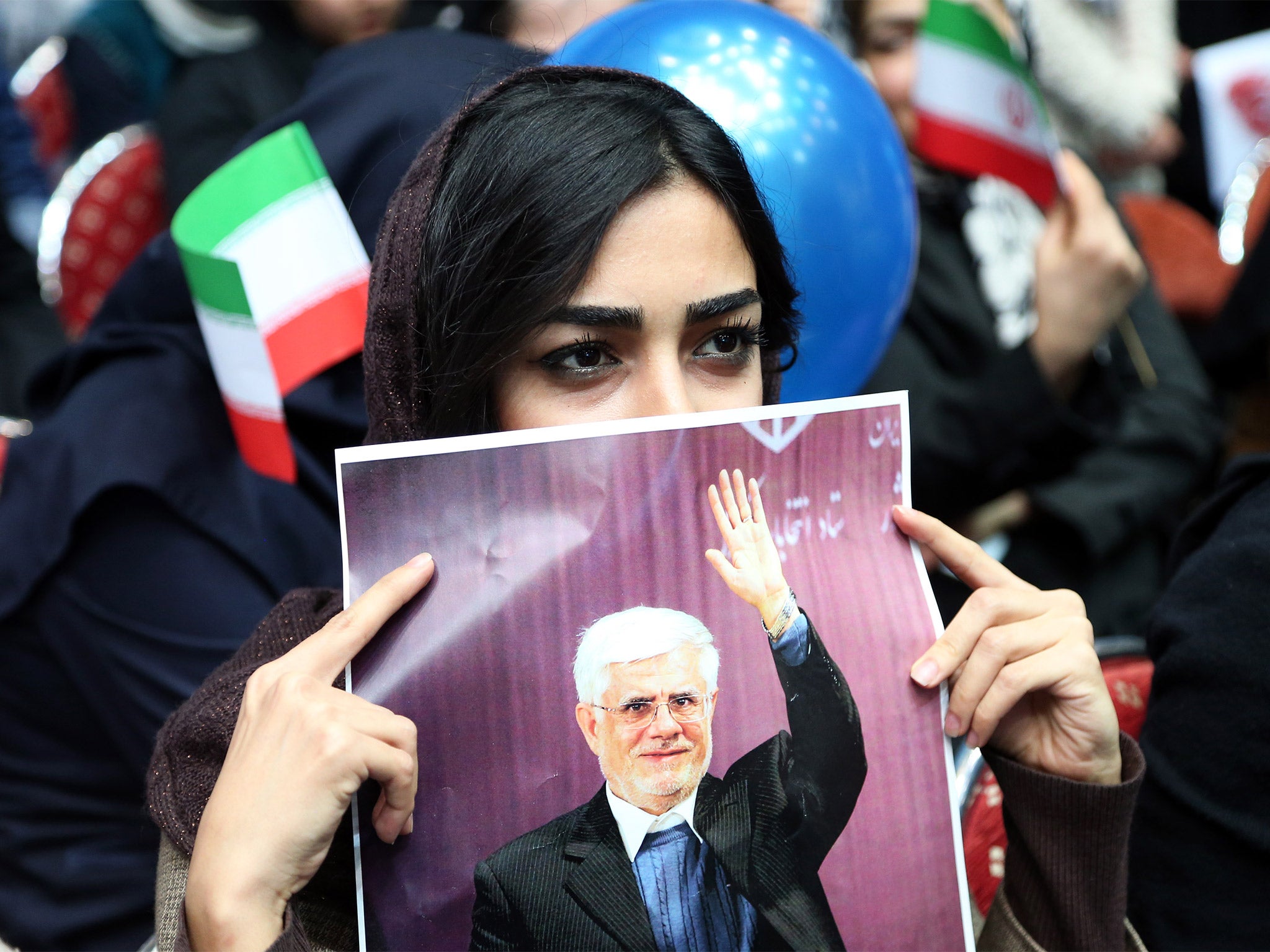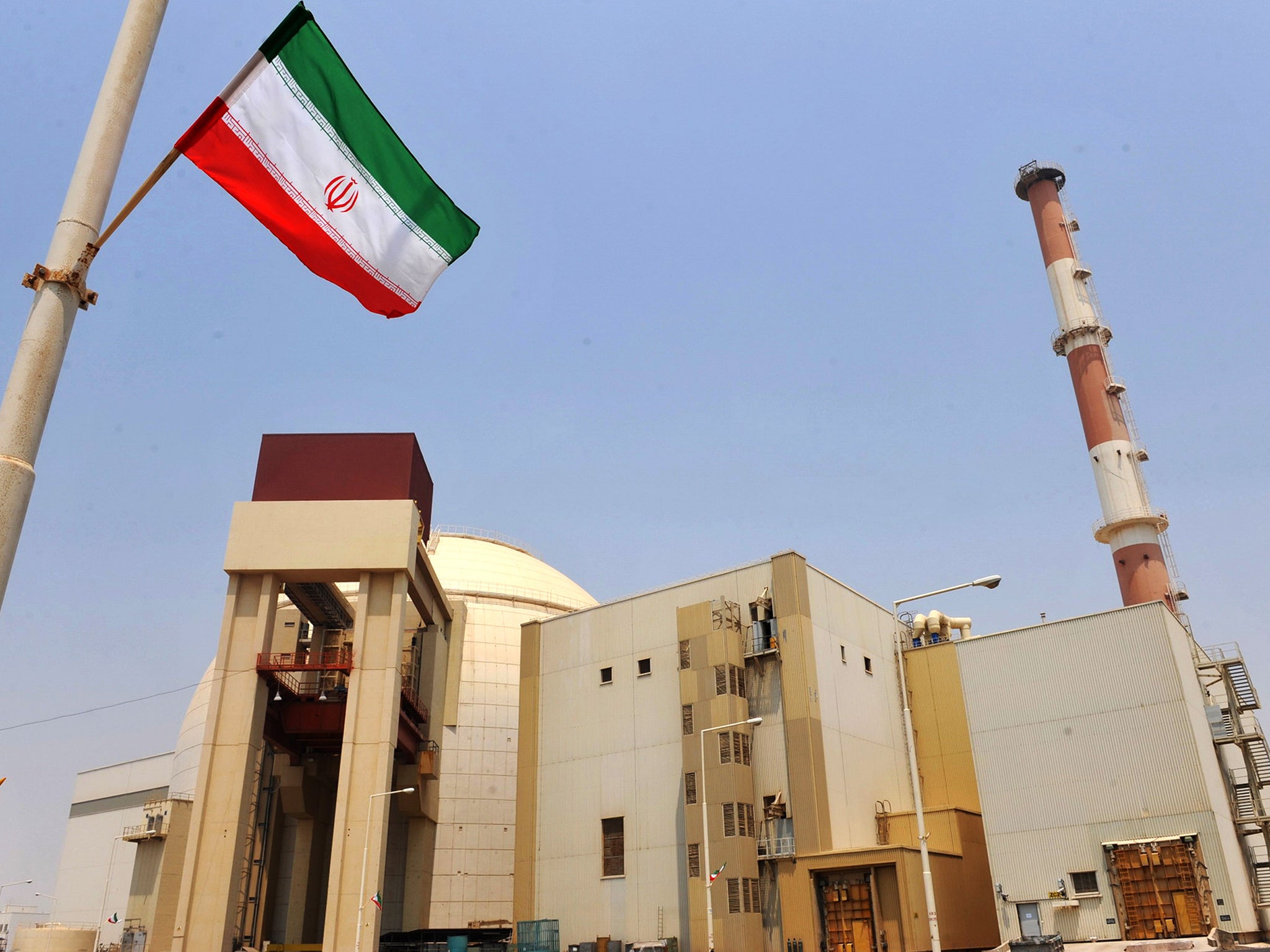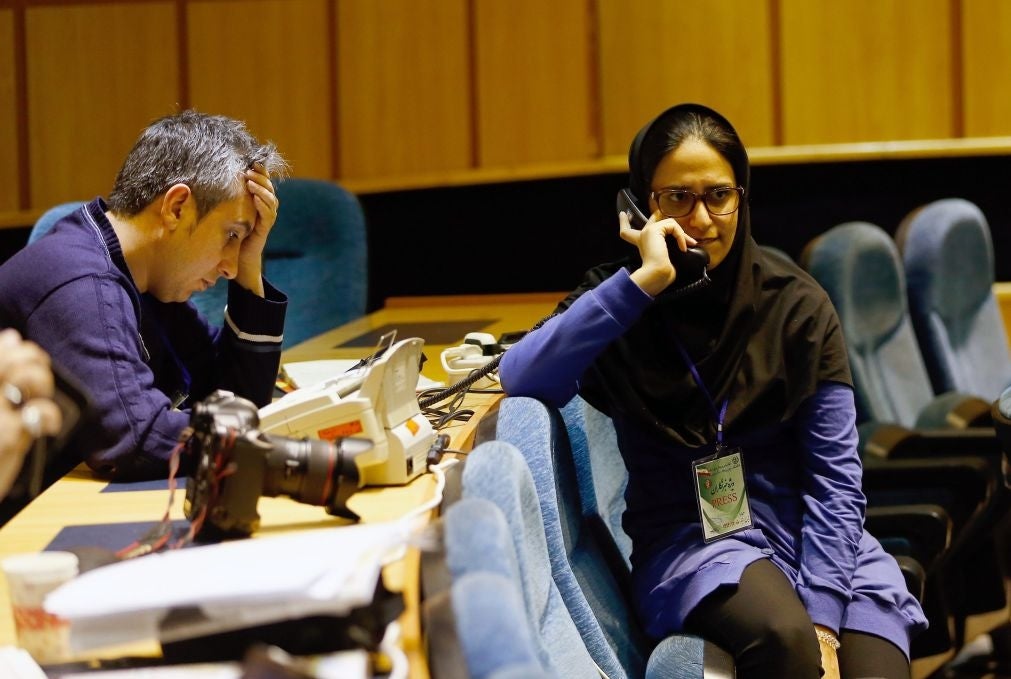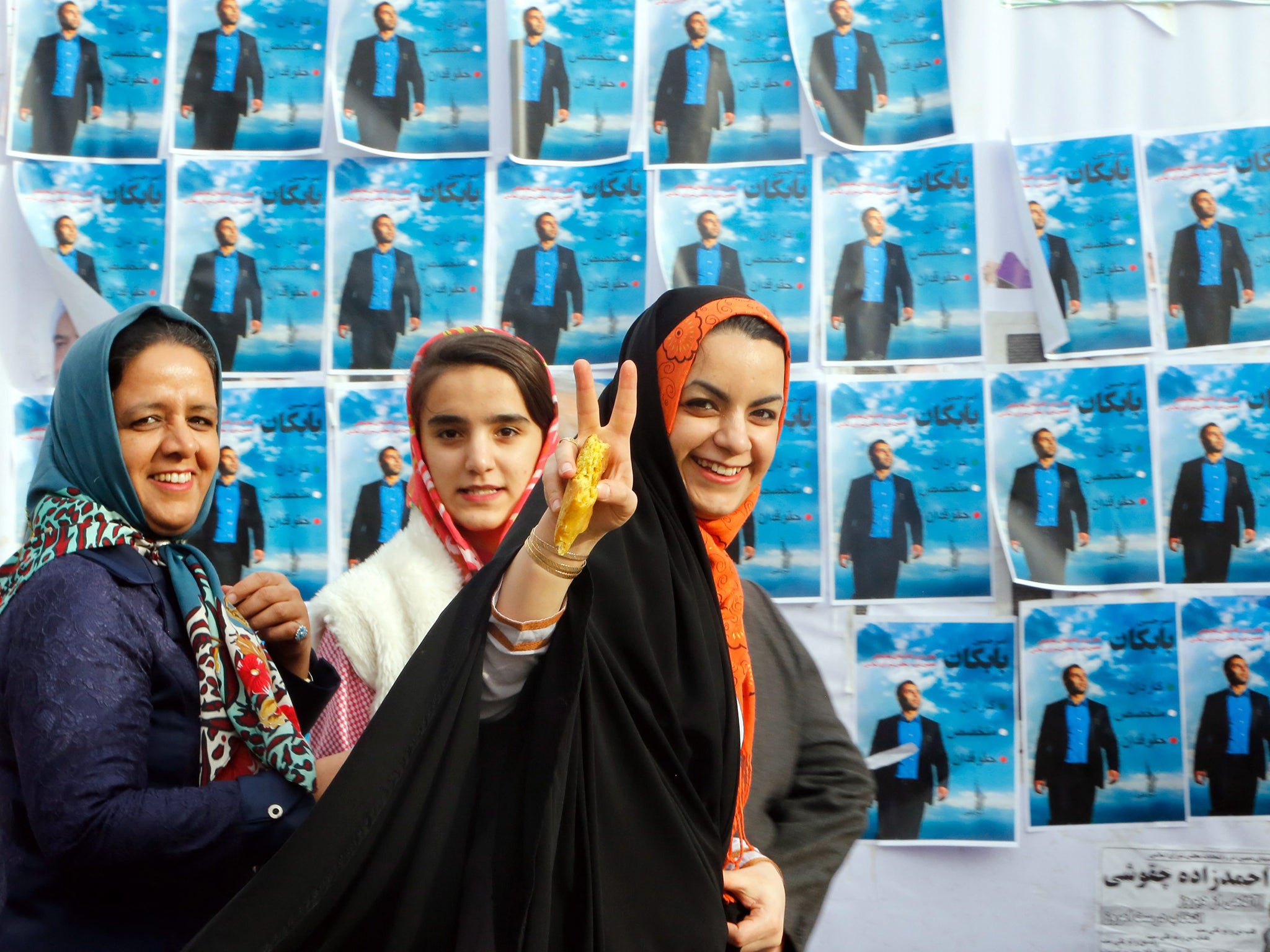Your support helps us to tell the story
From reproductive rights to climate change to Big Tech, The Independent is on the ground when the story is developing. Whether it's investigating the financials of Elon Musk's pro-Trump PAC or producing our latest documentary, 'The A Word', which shines a light on the American women fighting for reproductive rights, we know how important it is to parse out the facts from the messaging.
At such a critical moment in US history, we need reporters on the ground. Your donation allows us to keep sending journalists to speak to both sides of the story.
The Independent is trusted by Americans across the entire political spectrum. And unlike many other quality news outlets, we choose not to lock Americans out of our reporting and analysis with paywalls. We believe quality journalism should be available to everyone, paid for by those who can afford it.
Your support makes all the difference.Iranians are voting in elections this weekend, and early results show very strong gains for moderates and reformists, at the expense of hard-line conservatives.
This election is arguably Iran’s most important in decades, for a variety of reasons.
What’s being elected?

This round of elections is to decide who sits in the 290-seat Iranian parliament – also known as the Majlis – and the Assembly of Experts – a powerful 88-seat constitutional council.
The Majlis is elected every four years, and is in charge of creating day-to-day laws and holding the Government, led by the president, to account.
It can and has dismissed cabinet ministers and can dismiss the president – as well as propose legislation.
The main role of the Assembly of Experts is to choose the Supreme Leader, the head of state of Iran.
Iran has had two supreme leaders since the 1979 revolution and both have served for life (so far) – though the Assembly can in theory dismiss them every eight years.
Are the elections free and fair?

Most observers agree the votes have been counted properly, but the Iranian constitution is not what we would describe as a liberal democracy.
The biggest difference is that candidates for the Majlis and the Assembly of Experts have to be vetted by another constitutional body – the Guardian Council – which is half elected by the Majlis itself and half appointed by the Supreme Leader.
At this election over 12,000 people signed up as candidates but 5,200 candidates, mostly reformists and moderates, were rejected by the Guardian Council, while another 600 withdrew.
In this sense there is an in-built bias towards hardliners – or rather, an inbuilt bias towards whoever the Supreme Leader is.
Additionally, members of the Assembly of Experts have to be learned Islamic clerics.
Why are these elections so important?

The Assembly of Experts is most important when a Supreme Leader dies – no sitting Supreme Leader has ever been removed before their death.
Ali Khamenei, the current Supreme Leader, is aged 76. Foreign media reports suggest he may have prostate cancer and there have been rumours that he has been ill for around a decade.
This means it is very likely that the next Supreme Leader will be picked by this Assembly of Experts, who will sit until Khamenei is 84 years old. (Average life expectancy in Iran is 73 years.)
Why is choosing the next Supreme Leader so important?

The Supreme Leader sits above the president and commands huge power within the Iranian constitution.
Khamenei is a hardliner and the centrepiece of the conservative establishment – his fatwas have targeted everything from music education in schools to women’s rights.
The Supreme Leader’s power to appoint half the Guardian Council that vets election candidates essentially means that the Government cannot become more reformist than the Supreme Leader allows.
The election of a moderate or even reforming Supreme Leader would allow elections to be conducted more freely, because they would appoint the election vetting Guardian Council.
The Supreme Leader also holds the powers for directly reforming the constitution. Khamenei’s predecessor Khomeini used the power in 1989 to set up an assembly to reform the constitution.
If a hardliner is elected again, Iranians will likely have to wait until Khamenei’s successor dies for another serious chance at reform.
If a refomer or moderate is elected, Iran could change significantly.
What about the nuclear deal?

While the economy has been a big issue at the election, the result will also be seen as cementing public approval for Hassan Rouhani’s nuclear deal.
This is important for the President, who has fulfilled one of his election promises, and who took significant criticism from hardliners in the Iranian government and press.
A bigger group of supportive MPs in parliament is also likely to allow Mr Rouhani to make the domestic changes to personal freedoms that he has promised.
What are the results showing?

Results are still coming in, but as of Sunday night London time pro-Rouhani moderates have taken all 30 parliamentary seats in the capital Tehran – a huge victory. The first Conservative candidate Gholamali Haddad-Adel finished in 31st place.
Reformists are likely to have done less well outside Tehran, but the result is still significant.
In the all-important Assembly of Experts elections, the current conservative chair Ayatollah Mohammad Yazdi has been forced out, while arch-hardliner Ayatollah Mesbah Yazdi has also lost his seat. Moderates, including Rouhani himself, appear to have been elected to the assembly.
Full results should be known early in the week – but the current picture is one that gives Iran its best shot at getting a moderate Supreme Leader, and its best shot at reform.

Join our commenting forum
Join thought-provoking conversations, follow other Independent readers and see their replies
Comments